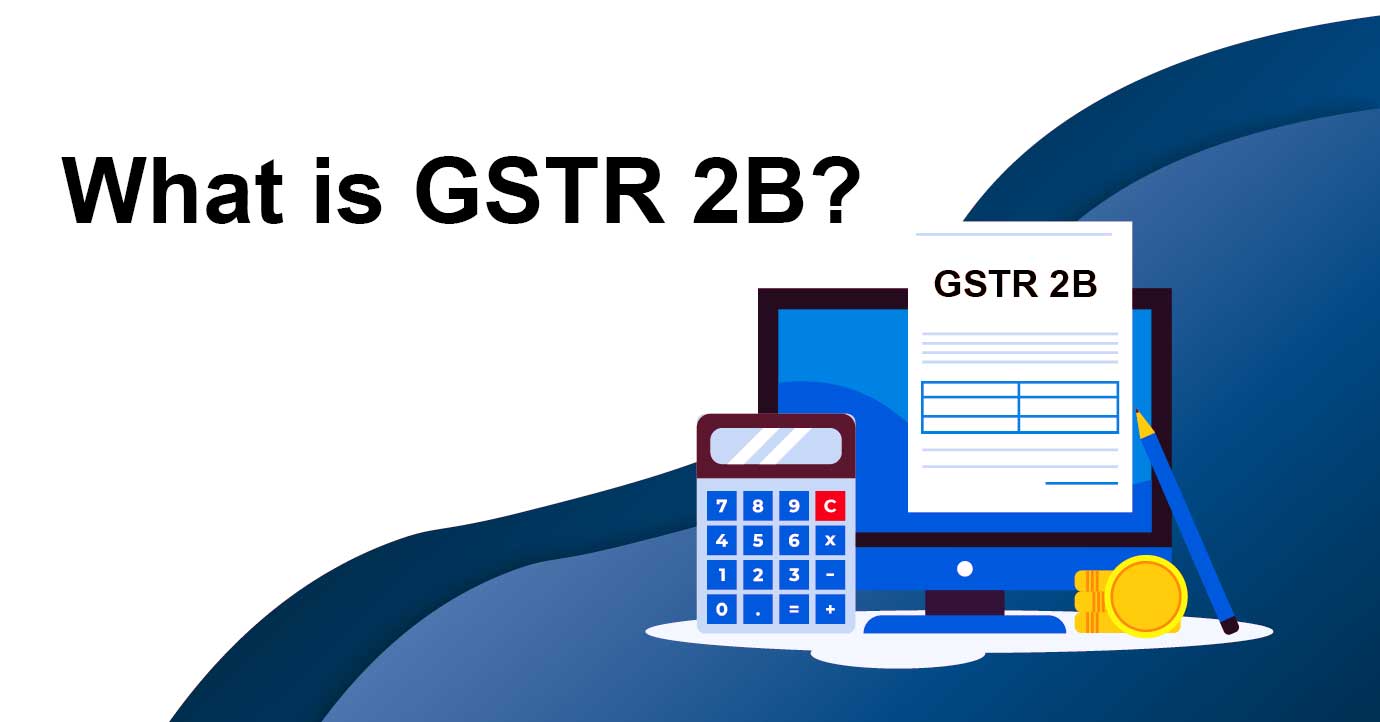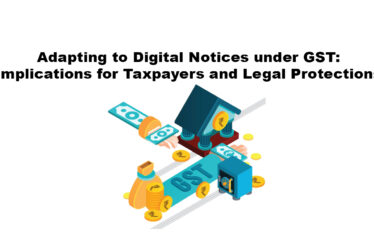What is GSTR-2B?
GSTR-2B is an auto-drafted Input Tax Credit (ITC) statement which is generated for every registered person on the basis of the information furnished by his suppliers in their respective GSTR-1, GSTR-5 (non-resident taxable person) and GSTR-6 (input service distributor). It is a static statement and made available for each month, on the12th day of the succeeding month. ITC information covered in GSTR-2B is from the filing date of GSTR-1 for the preceding month (M-1) up to the filing date of GSTR-1 for the current month (M).
Key features in GSTR-2B
- GSTR-2B contains information on import of goods from the ICEGATE system including inward supplies of goods received from Special Economic Zones Units / Developers.
- A summary statement which shows all the ITC available and non-available under each section
- The advisory given against each section clarifies the action to be taken by the taxpayers in their respective section of GSTR-3B
- Document level details of all invoices, credit notes, debit notes etc. are also provided both for viewing and download.
Purpose
The purpose of GSTR-2B is to assist the taxpayers in reconciling and matching the Input Tax periodically as it reflects all inward supplies and corresponding tax paid thereon. Taxpayers can reconcile data generated in Form GSTR-2B, with their own records and books of accounts. Using this reconciliation, they can file their Form GSTR 3B and can ensure that
- No credit is taken twice
- Credit is reversed as per law
- Tax on reverse charge basis is paid
Comparison between GSTR-2A and GSTR-2B
| Point for Comparison | GSTR-2A | GSTR-2B |
| Nature of Statement | Dynamic as it changes from day to day as and when the supplier uploads the details / documents | Remains static or constant, as the GSTR-2B for one month cannot change based on future actions of the supplier |
| Source of Information | GSTR-1, GSTR-5, GSTR-6, GSTR-7 and GSTR-8 | GSTR-1, GSTR-5, GSTR-6 and ICEGATE System |
| ITC on Import of Goods | Does not contain these details | Contains ITC on import of goods as obtained from ICEGATE system |
| Reversal of ITC | Does not contain the details of ITC required to be reversed | Contains the details of ITC required to be reversed only in limited specified cases |
| GSTR- 1 / 5 filing date and period | Does not contain the GSTR-1 / 5 filing date and period against each supplier | Contains the GSTR-1 / 5 filing date and period against each supplier |
| Auto-population of data on submission of return | Get populated merely on submission of GSTR-1 on GST portal | Data in GSTR-2B get populated after e-filing of GSTR-1 on GST portal |
| Periodicity | It is a dynamic / periodic statement which includes data on the basis of date of invoices | It is a monthly statement which includes data for every return which is e-filed during a particular period. Example: GSTR-2B for the month of Dec 2020 shall contain the information regarding the GSTR-1, GSTR-5, GSTR-6 e-filed from Dec 12th 2020 to Jan 11th 2021 |
| Supplier wise information | It does not contain the supplier wise information. It provides the information invoice/document wise only | It contains the supplier-wise as well invoice/document wise information |
Challenges
Though the intention of the Government is to simplify the process of availment of input tax credit but at the same time it may lead to lots of challenges for the taxpayer:
- Reconciliations complexities increased: GSTR-2B results into more reconciliations i.e. GSTR-2B v/s ITC as per Books of Accounts, GSTR-2A v/s GSTR-2B, GSTR-2A v/s ITC as per Books of Accounts, ITC as per GSTR-2B v/s ITC as per GSTR-3B etc. The taxpayers may also be ready to furnish these reconciliations to the department based on auto-generated notices in this regard.
- Static Statement: GSTR-2B shall contain all the credit as reflected from GSTR-1, GSTR-5, GSTR-6 e-filed by the respective suppliers till 11th of the following month. This implies following: The Recipient Taxpayer will not be able to claim ITC in respect of supplies where GSTR-1 has filed after11th of the following month by the corresponding supplier. In this case ITC can be claimed inGSTR-3B of the next month. ITC may also be deferred in case of taxpayers filing GSTR-1 on quarterly basis. The large corporate may insist their vendors for opting for monthly filing of GSTR-1
- Ineligible ITC: GSTR-2B shows the ITC available as well as ITC not available to the taxpayer. But ITC not available is auto-populated based on only following two limited parameters:
-
- Expired time limit for claiming ITC (earlier of 30th September of the year following the financial year or date of filing annual returns)
- Where Location of supplier & Place of Supply is in same State, whereas the recipient is located in another State.
Thus, the taxpayer still has to analysis the entries in GSTR-2Bfor identifying the blocked input tax credit under section 17(5) of the CGST Act.
-
- Payment of tax on reverse charge supplies: GSTR-2B also contains the invoices on which tax has to be paid under reverse charge (RCM) by recipient. These details are reflected in GSTR-2B only when the supplier was registered and has e-filed the GSTR-1 and shown the invoices on which recipient is liable to pay the tax. But there can be other scenarios also where the recipient is liable to pay the tax under reverse charge viz. Import of services, RCM supplies provided by unregistered supplier etc. In such cases, no details will be available in GSTR-2B and the taxpayer shall be required to do calculations based on other documents/ records.
Epilogue
With the introduction of form GSTR-2B, matching of invoices will be done periodically and input tax credit will be available. However it is an auto drafted form hence, taxpayers cannot make any change in GSTR 2B for the errors or omission made by the suppliers. Also, needless to say that Form GSTR-2B has increased compliance and ITC reconciliation burden for taxpayers.





